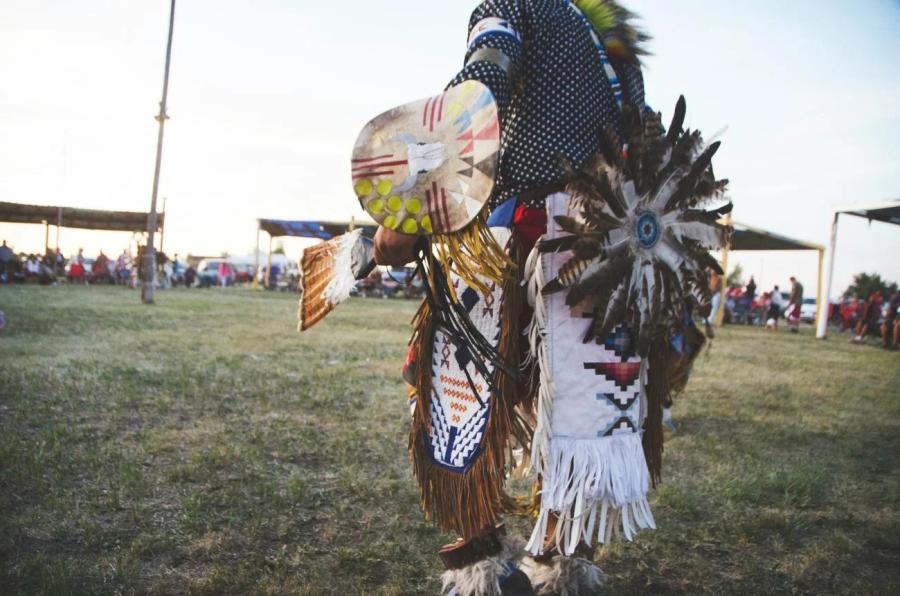Mauna Kea: Temple Under Siege
2005, 56 mins
Directors: Puhipau, Joan Lander
Producer: Na Maka o Ka 'Aina
Distributor: Na Maka o Ka 'Aina,
P.O. Box 29 Na'alehu, Hawaii 96772-0029
Mauna Kea: Temple Under Siege portrays the ongoing tensions between the Western scientific community's notion of progress and indigenous cultures' concept of the sacred.
On the island of Hawai'i, Mauna Kea's peak—the highest in the Pacific (14,000 feet)—provides views of some of the world's clearest skies. University of Hawai'i and NASA astronomers consider the mountain to be an important area for observation, and consequently this native Hawaiian sacred mountain has been disturbed by the construction of various satellite dishes and observatories.
Mauna Kea: Temple Under Siege presents the struggle of Native Hawaiians to prevent further building on this venerated peak. The film also offers a glimpse of the Apache fight for territory on their own sacred mountain, Dzil Nchaa Si An (Mt. Graham), in Arizona. The documentary explores the continuing clashes between indigenous cultures who revere their sacred lands and contemporary cultures who seek to use the land for their own purposes.
For five years, the Na Maka o Ka 'Aina (The Eyes of the Land) independent film production team of native Hawaiians documented the events on Mauna Kea. The resulting film presents the voices of indigenous people whose connection to the land is often perceived as a hindrance to "important" scientific and recreational activities.
The audience is compelled to consider where the responsibility lies, and whether honoring religious beliefs has precedence over the pursuit of modern science.
Mauna Kea: Temple Under Siege is made by and with indigenous people to educate a broader audience about the clash
between cultures. At the film's end, a haunting feeling endures that a grave injustice has been committed against the land, now scarred with white satellite dishes and observatories, and against its people.
Links: http://www.namaka.com/


